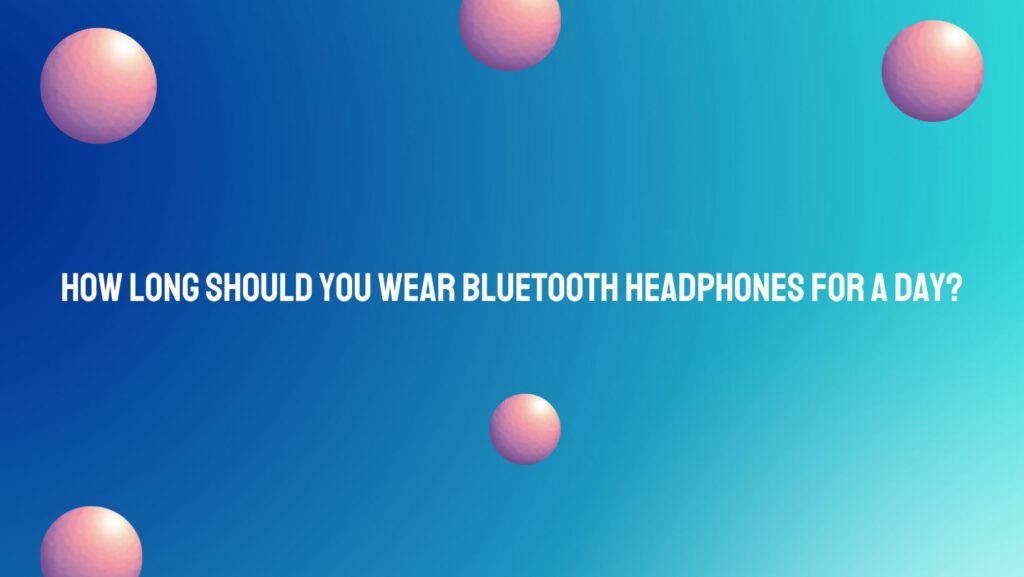In the era of wireless connectivity and on-the-go entertainment, Bluetooth headphones have revolutionized the way we experience audio. From streaming music to making hands-free calls, these sleek and convenient devices offer a seamless auditory experience. However, amidst the convenience of wireless technology, questions arise about the optimal duration for wearing Bluetooth headphones each day.
The ideal wear time for Bluetooth headphones is influenced by various factors, including individual preferences, usage patterns, and considerations for auditory health and overall well-being. While there is no definitive answer, understanding the dynamics of Bluetooth headphone usage can help users make informed decisions about their listening habits.
One crucial consideration is the potential risk of overexposure to sound. Prolonged exposure to high volume levels, even through Bluetooth headphones, can lead to temporary hearing impairment, tinnitus, and long-term hearing damage. Therefore, limiting the duration of Bluetooth headphone use is essential to mitigate these potential hazards.
Moreover, the convenience of Bluetooth technology can sometimes lead to prolonged and continuous headphone usage. Unlike traditional wired headphones, which may have physical limitations in terms of cable length, Bluetooth headphones offer unrestricted mobility, allowing users to wear them for extended periods without interruption. However, this freedom comes with the responsibility of practicing safe listening habits and being mindful of auditory health.
To strike a balance between enjoyment and safety, adopting safe listening practices is paramount. The 60/60 rule, endorsed by hearing health professionals, recommends listening to audio at no more than 60% of the maximum volume for no longer than 60 minutes at a time. Taking regular breaks between Bluetooth headphone use sessions allows the ears to rest and recover, reducing the cumulative impact of sound exposure and promoting auditory health.
Furthermore, selecting Bluetooth headphones with built-in volume limiting features can help prevent overexposure to harmful sound pressure levels. Many modern Bluetooth headphones come equipped with volume limiters or volume control settings that allow users to cap the maximum volume output, thereby reducing the risk of auditory damage.
Another factor to consider is the purpose of Bluetooth headphone use. Whether for work, leisure, or fitness activities, setting time limits and incorporating breaks into Bluetooth headphone usage routines can help prevent auditory fatigue and maintain overall well-being.
In conclusion, the optimal duration for wearing Bluetooth headphones each day depends on a variety of factors, including individual preferences, habits, and considerations for auditory health. By prioritizing safe listening practices, incorporating breaks, and being mindful of potential risks, users can enjoy the benefits of Bluetooth headphone technology while safeguarding their long-term well-being. Striking a balance between convenience and caution allows us to embrace wireless audio experiences with clarity, comfort, and mindfulness.


